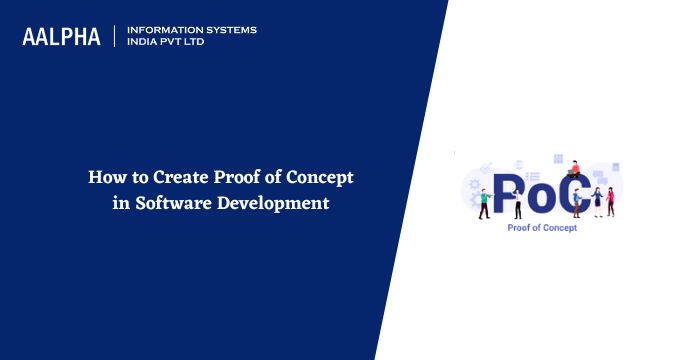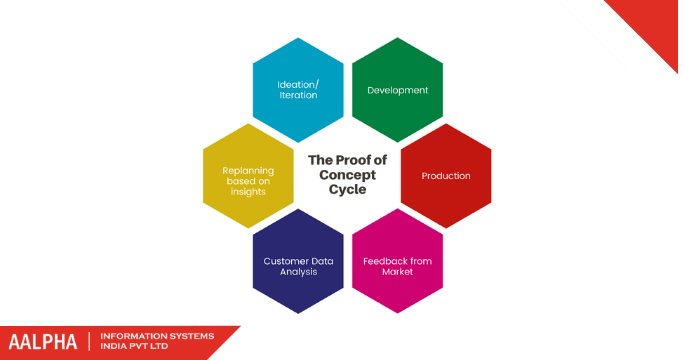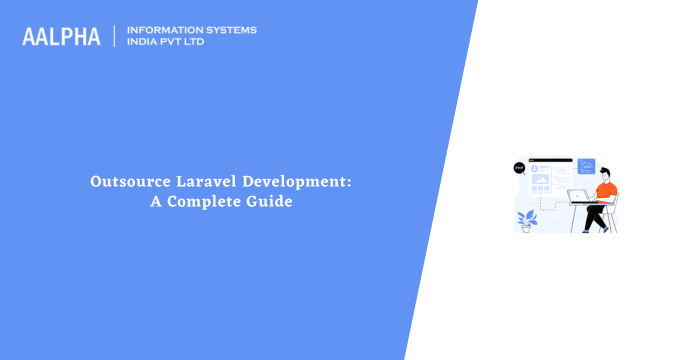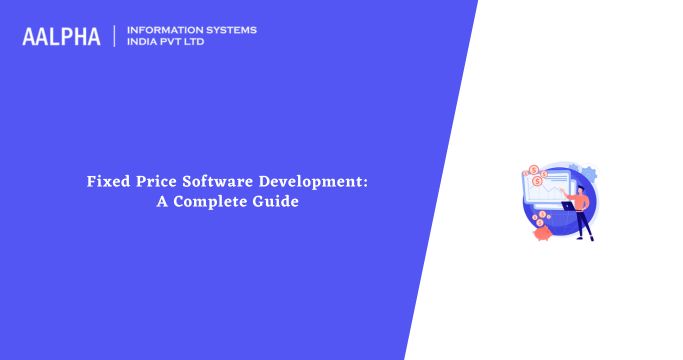It often happens that most ventures in the 21st century require a proof of concept before attracting investors or going ahead to operationalize it. In the tech world, the same applies, especially in the world of software development. It arises because, in the arena of software development, everything proves unpredictable, and therefore, having one can become pivotal in analyzing, predicting, and demonstrating your concept’s capabilities.
So how can you develop an incredible proof of concept?
Proof of Concept
It becomes crucial to understand what a concept proof entails before you embark on developing an incredible one. So what does it all entail? A PoC encompasses undeniable and solid evidence that an idea can or cannot work. It also implies the testing of whether a specific business concept can transform into a lucrative venture. POC’s can take any form based on the nature or type of business, and these can entail video representations, descriptions on a document, or an early product prototype.
It becomes crucial because as much as you can become convinced about your concept, other people will view it skeptically unless you demonstrate that it can work. You cannot expect everyone to buy into your concept without proving its viability and feasibility to them. To ensure that your concept thrives, you have to compute and express its feasibility and viability. However, to accomplish this, you will need comprehensive insights touching on infrastructure, finance, technology, etc. Additionally, it becomes important to prove that the concept will prove desirable and technically feasible for the investor entity or stakeholders.
Whenever a PoC greenlights a startup, then it becomes crucial to start developing the working model. You then have to build an MVP that leads to further improvements on the final product developed.
Components of a PoC in Software
A PoC requires essential details to make it effective. Therefore, based on the type or form of business, you have to ensure it contains specific aspects. However, remember that your PoC needs to desist from describing the complete functionality of your product as much as the end goal should include finding the commercial business aspects.
Because PoC’s main focus entails validating a software or concept’s aspect and not the whole, it should thus contain a listing of crucial insights that creates confidence of a team on the product or when it comes to identifying risks/problem related to the implementation of the product or idea. Therefore, a PoC becomes essential for the following reasons.
- It defines the way likely users will use or adapt the product
- It assists in identifying if your concept has or lacks the technical feasibility
- A PoC lists potential risks or technical issues (if any) that relate to the implementation process or their corresponding solutions.
In the industry of software development, plenty of different PoCs exist. It includes steel thread, proof of technology, and the pilot project. The three get used to validate concepts and ideas.
Creating a POC in Software Development
An effective PoC precedes a real-life concept implementation. Because it aims to determine the feasibility of a concept, it becomes crucial as a business entity to avoid skipping this decision step in your business decision-making, especially if the stakes prove high. To ensure that you conduct an excellent software development PoC, consider the following.
- Perform an effective R&D
R&D acts as the foundation for any PoC write-up. Your tech team has to perform comprehensive research centering on history concerning similar work across the globe. The next phase should include analysis of the existing guides, tutorials, scholarly articles, PDFs, etc., as reference materials whenever they come up empty. However, you have to consider the idea novel whenever you have no references. You can then consider yourselves as the leading pioneers to that technology.
- Specify the demographic that needs your concept and why
This step is crucial once you finish the research process on your concept. Here, you have to identify and specify why and who needs your idea. Listing your targeted user personas and potential pain points can become pivotal in understanding your concept’s needs better. Additionally, it becomes useful to avoid assuming things at this stage. Look for evidence by interviewing your potential users by asking them questions concerning their desires and needs in solving their problems. Consider doing an in-depth online survey and interviews to ensure your PoC document appears more authentic.
Unearth your potential user’s frustrations and enumerate their inconveniences to gauge their user experience and their potential expectation from your product. The process will help you understand your users better and might inform some amendments to your original idea.
- Check the feasibility of your idea. The technical feasibility of your PoC determines how successful you can run it. Therefore, try and ensure that you find an ideal tech stack to implement your concept besides getting the answers to critical questions such as these.
- How complex is the implementation process of your idea?
- What types of third-party tools are entailed in implementing your idea?
- The cost of implementing your concept
- Scalability of your idea and potential to make a profit
- Implementation risks
When you have answered each of these questions, then you can proceed to minimize your implementation costs.
PoC Implementation: Reality vs. Key Expectation
It becomes essential to comprehend the reality vs. the expectation when creating your PoC. It will keep you as the business maker up-to-date and informed in assisting you to make sound decisions before pumping in all the money and time. Therefore, consider these pointers to understand this point clearly.
- POC’s do not always conform to the plan. The aim of developing a PoC always entails turning the theoretical ideas into feasible and tangible ventures. However, such PoCs can fall short when it comes to implementation. Therefore, comprehension that PoC cannot rely on the straight and narrow of the tried and tested trajectory becomes essential. Therefore, you can serve yourself best by having a plan B or C when developing your PoC if something fails to go to plan.
- PoC is not a Prototype or an MVP. Unfortunately, it often proves a widely circulated misconception within tech circles that PoC proves similar to a prototype or an MVP. However, this often proves untrue, and here’s why.
- PoC often exists to ascertain the feasibility of transforming a tech concept into reality before an organization injects its resources into building it. What all this implies is that the PoC mitigates the risk that may accrue with trying out an idea at the initial time.
- MVP, however, implies the tiny version of the end product awaiting market validation. However, refinements always ensue when it comes to the end product based on reviews and feedback.
- PoCs involve everyone. It becomes crucial to recognize this and develop the PoC based on collaboration, communication, and a specific timeline. Allow everyone involved in the PoC building process have a say.
- Your technology partner might get it all wrong. PoCs can prove difficult to accomplish when the idea proves new to the market. Because of this, the need for hiring the correct technology partner becomes apparent. However, it becomes critical to prepare to get both receptions (a no or a yes). But avoid giving up on the idea regardless of the feedback and instead insist on the evidence backing their response.
Conclusion
If you want to develop a PoC for a specific software tech, it would help if you understood everything about writing an excellent PoC.
Any queries about Proof of Concept in Software Development? Feel free to contact us today!





Share This Article:
Written by:
Muzammil K
Muzammil K is the Marketing Manager at Aalpha Information Systems, where he leads marketing efforts to drive business growth. With a passion for marketing strategy and a commitment to results, he's dedicated to helping the company succeed in the ever-changing digital landscape.
Muzammil K is the Marketing Manager at Aalpha Information Systems, where he leads marketing efforts to drive business growth. With a passion for marketing strategy and a commitment to results, he's dedicated to helping the company succeed in the ever-changing digital landscape.